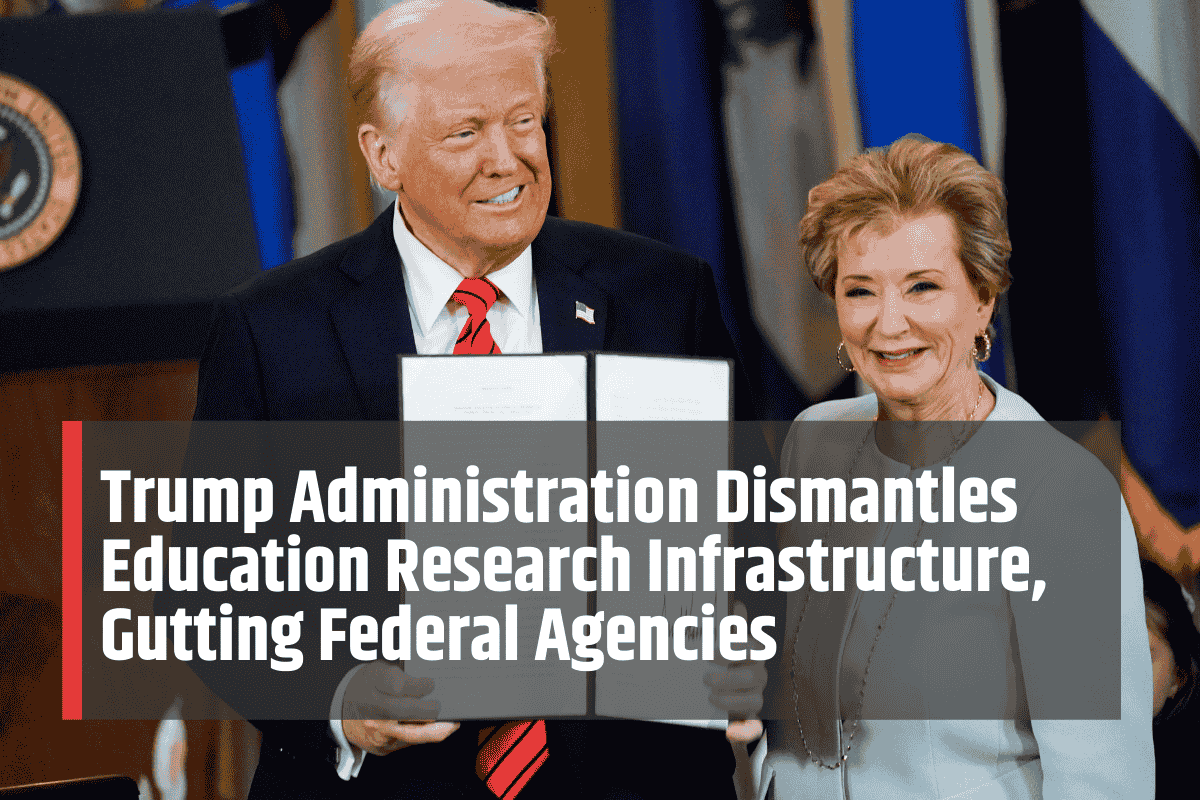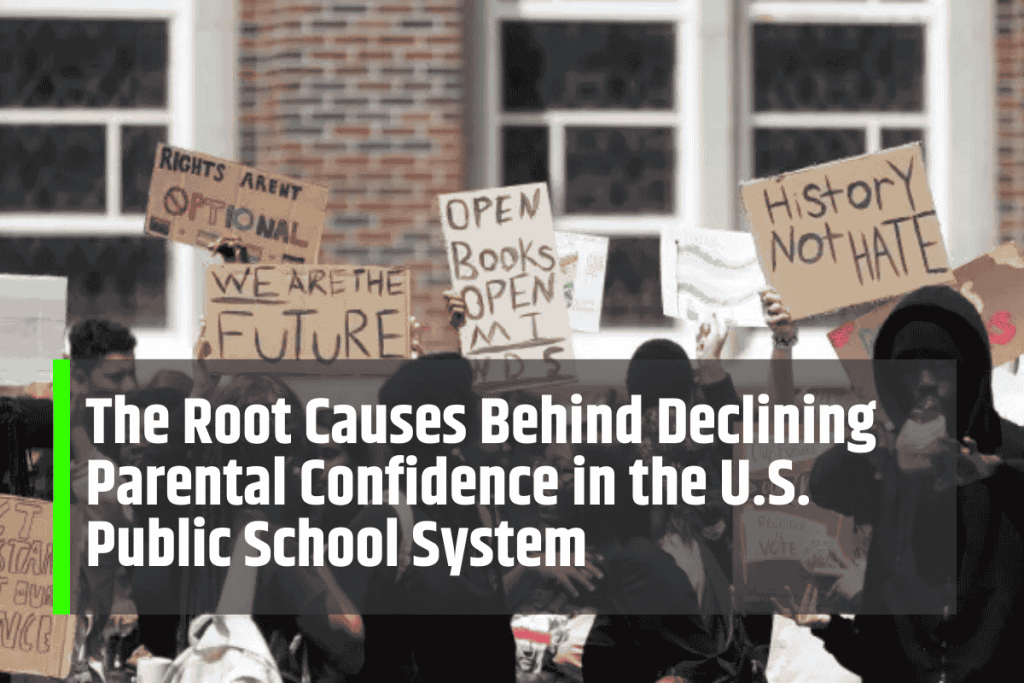In Washington, D.C., the Trump administration’s sweeping budget cuts and reorganizations disrupted education research nationwide. From New York to Los Angeles and Chicago, educators and researchers suddenly found themselves without the federal data systems they had long relied on for planning, accountability, and innovation in classrooms and central offices.
The Historic Role of Federal Support
For decades, the U.S. Department of Education funded longitudinal studies, achievement surveys, and teacher-effectiveness programs. Cities such as Boston and Houston used these systems to guide policy. Reliable information on dropout rates, literacy, and readiness allowed school boards to adjust strategies. When federal funding dried up, this essential data pipeline collapsed.
The Institute of Education Sciences Cut Down
The Institute of Education Sciences (IES), home to major research centers, was hit hardest. Programs tracking first-generation students in Miami or special-needs learners in Portland paused abruptly. Detroit lost surveys on after-school program access. National comparisons in science achievement and annual reports on state education spending were truncated or eliminated entirely.
Universities Lose Crucial Grants
Research universities also suffered. Philadelphia, Phoenix, and Atlanta institutions saw literacy intervention and absenteeism studies halted mid-stream. Some researchers pivoted to private foundations; others abandoned projects entirely. The effect was cumulative: fewer insights into what worked in classrooms, and a shrinking evidence base to inform local, state, and national decision-making.
Urban Districts Struggling Without Data
In Los Angeles, administrators lost federally collected benchmarks, hampering efforts to defend budgets for English learners. On Chicago’s South Side, surveys of parental involvement disappeared, making outreach less effective. In Denver, new data analysts lacked national points of comparison, weakening strategies for improving math performance in underserved neighborhoods.
Academic and Regional Workarounds
Universities attempted to compensate. Boston and St. Louis researchers created consortiums to share local data. In San Francisco, charter school researchers pooled resources to track mobility and learning loss. These grassroots efforts helped but lacked the legitimacy, scale, and consistency of federally supported research—limiting their broader usefulness for policymaking.
Philanthropy Filling the Gaps
Private foundations in Austin and Minneapolis began funding smaller projects. Yet the patchwork nature of this support created uneven quality. Data collected in one region often could not be compared to another. Without consistent measures, scaling successful initiatives from one district to another became guesswork rather than evidence-based practice.
States Forced to Shoulder the Burden
With Washington pulling back, state education departments in Olympia, Albany, and Raleigh tried to fill the void. Wealthier states expanded data collection, investing in analytics and staff. But many rural districts—such as those in Idaho or Mississippi—struggled. Without grants, they lacked personnel to monitor attendance, student mental health, or career readiness.
Policy Decisions Without Evidence
The absence of national datasets left lawmakers unmoored. Evaluating early childhood expansion, teacher evaluations, or pandemic-era remote learning became nearly impossible. In Tallahassee and Madison, legislative staff debated reforms with little hard evidence. Policymaking leaned more heavily on anecdotes, eroding the rigor and credibility of education debates nationwide.
Innovation Slows Without Federal Leadership
Evidence-based innovation depends on shared knowledge. With weakened research infrastructure, scaling promising programs became harder. Reading gains from summer school in one state could not be compared across borders. What had once been a robust system of experimentation and replication deteriorated into disconnected local trials with limited visibility.
A Legacy of Weakness
By the end of the administration, the national education research infrastructure had been severely diminished. Agencies that once provided clear trend lines for policymakers now struggled to produce even basic comparisons. Schools in Baltimore, San Diego, and Kansas City felt the loss most acutely, their planning efforts starved of reliable data.
Local Ingenuity and Resilience
Despite federal retreat, some bright spots emerged. In Richmond, Sacramento, and Columbus, districts began pooling data into shared warehouses. Regional research networks grew, showing how local collaboration could partly replace lost federal systems. These initiatives proved that with ingenuity, communities could still generate valuable insights—even if coverage was incomplete.
Prospects for Rebuilding National Capacity
Looking ahead, rebuilding federal support will be crucial. Local innovations can plug back into a stronger national system, creating resilience through diversity. Directed state bonds and philanthropic partnerships may help, but a robust federal framework is needed to ensure consistency, comparability, and reliability across the nation’s education landscape.
Restoring Clarity and Direction
The dismantling of federal research under the Trump administration left American schools without a compass. Urban and rural districts alike struggled with diminished information, and innovation slowed. To guide equity, progress, and improvement, a renewed commitment to national education research infrastructure will be essential for the nation’s educational future.











Leave a Comment